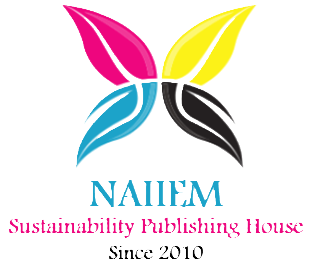1. Publish in High-Impact, Indexed Journals
🔹 Select well-known journals indexed in Scopus, Web of Science, and Google Scholar.
🔹 Choose open-access journals (if possible) to increase accessibility.
🔹 Ensure the article follows journal guidelines and peer-review standards for credibility.
2. Optimize for Search Engines (Academic SEO)
🚀 Why? Search Engine Optimization (SEO) ensures articles appear in relevant searches.
🔹Use relevant keywords in the title, abstract, and headings.
🔹 Optimize title length (concise but descriptive, 12–15 words).
🔹 Include structured headings, bullet points, and clear formatting.
🔹 Use meta descriptions and alt text for images to boost discoverability.
3. Use Institutional and Open-Access Repositories
🔹 Upload preprints or postprints on platforms like:
- ArXiv, ResearchGate, Academia.edu
- Institutional repositories (e.g., university digital libraries)
- SSRN, Zenodo, Figshare for open-access versions
🔹 Ensure compliance with journal copyright policies before uploading.
4. Promote via Social Media & Professional Networks
🔹 Share the article on LinkedIn, Twitter (X), and Facebook academic groups.
🔹 Engage with relevant hashtags (e.g., #AcademicResearch, #SustainableDevelopment).
🔹 Create an infographic summary or short video to explain findings visually.
🔹 Connect with peers and tag co-authors or institutions for better reach.
5. Leverage Google Scholar, ORCID, and ResearchGate
🔹 Create and update your Google Scholar profile so citations are tracked.
🔹 Register for an ORCID iD (unique researcher identifier).
🔹 Upload research to ResearchGate and engage in discussions.
6. Present at Conferences & Collaborate with Researchers
🔹 Present findings at academic conferences, webinars, and symposiums.
🔹 Co-author papers with international scholars to expand readership.
🔹 Engage in multidisciplinary research to attract broader citations.
7. Encourage Citations and References
🔹 Self-cite responsibly in future research papers (within ethical limits).
🔹 Publish review articles or meta-analyses, which tend to receive more citations.
🔹 Engage in discussions where the paper can be referenced (e.g., Q&A forums, Wikipedia).
8. Make the Article Accessible and Shareable
🔹 Provide a summary or blog post explaining key takeaways in simple language.
🔹 Submit findings to science journalists or media outlets for wider public reach.
🔹 Offer a free PDF version upon request to fellow researchers.


دیدگاه خود را بنویسید